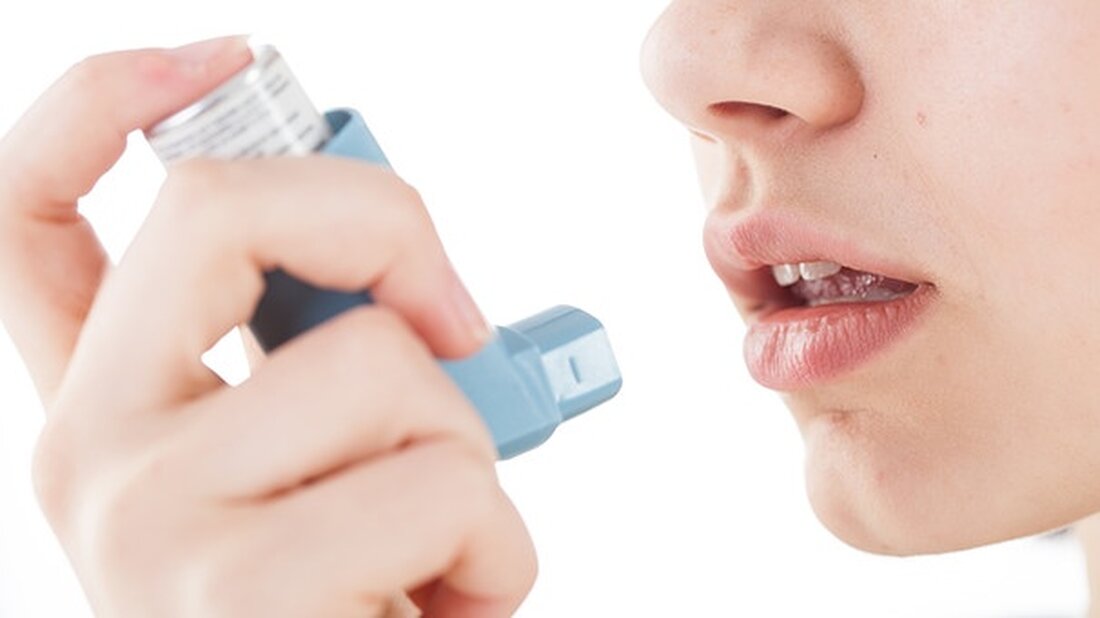The Hidden Side Effects of Crawlspace Humidity
According to the University of Tennessee, the crawl space under your home can have a variety of negative side effects. A damp or wet crawl space can easily be the direct cause of weak walls, buckling floors; can cause structural damage and affect mechanical and electrical systems. A damp or wet crawl space can quickly become a breeding ground for insects, termites and other pests. Moisture in the crawl space tends to destroy insulation and can increase humidity, increasing high energy costs and reducing the value of your home. The most serious side effect of moisture in a crawl space is the large number of health problems that...

The Hidden Side Effects of Crawlspace Humidity
According to the University of Tennessee, the crawl space under your home can have a variety of negative side effects. A damp or wet crawl space can easily be the direct cause of weak walls, buckling floors; can cause structural damage and affect mechanical and electrical systems.
A damp or wet crawl space can quickly become a breeding ground for insects, termites and other pests. Moisture in the crawl space tends to destroy insulation and can increase humidity, increasing high energy costs and reducing the value of your home.
The most serious side effect of moisture in a crawl space is the large number of health problems it can cause for those who live above the space. Mold that forms in a wet crawl space can cause mild to severe breathing problems and skin irritation in some adults and young children.
Researchers at the University of Connecticut found that airborne mold can greatly increase the symptoms of asthma and cause severe allergic reactions in some adults and young children. Mold can also cause digestive problems, breathing difficulties, cognitive deficits and neurological damage.
Asthma and allergies
Mold is best known for causing allergies and asthma in some adults and children. Repeated exposure to mold spores can compromise your immune system and cause inflammatory reactions. These allergic reactions can cause sneezing, stuffy nose, wheezing, coughing, and constant sore throat. Mold from damp or wet crawl spaces can seriously aggravate people diagnosed with asthma.
Hypersensitivity pneumonitis
Mold that develops from moisture in the crawl space has been linked to various forms of hypersensitivity pneumonitis. Hypersensitivity pneumonitis tends to affect men and women employed in agriculture, woodworking, and metalworking. This happens by inhaling foreign particles. Some symptoms include shortness of breath, chills, chest tightness, cough and fatigue.
Sinusitis
When people with cystic fibrosis or asthma become infected with mold, they may become hypersensitive to the fungus, which can lead to serious breathing problems. According to the University of Connecticut, some adults and children experience allergic fungal sinusitis when fungal growth develops in their sinuses. Exposing mold to moisture in the crawl space encourages growth until it destroys sinus tissue.
Allergic dermatitis
When mold affects your immune system, it can cause skin irritation or problems. Further studies suggest that mold contributed to itchy, red, and dry skin.
Organic Dust Toxic Syndrome
ODTS or Organic Dust Toxic Syndrome is a term used for host diseases thought to be caused by inhalation of fungal toxins or bacterial endotoxins. ODTS has flu-like symptoms; Fever, chills and cough, but is slightly different from hypersensitivity pneumonitis.
Mycotoxins
Mycotoxins are metabolic products that mold can produce. Crawlspaces exposed to moisture can produce volatile organic compounds, which are the main causes of the musty smell of mold. These compounds are very irritating to the eyes, nose, throat, chest and skin. Mycotoxins contribute to headaches and fatigue.
Studies have shown that exposure to mold or mycotoxins can cause side effects; Memory loss, difficulty concentrating and personality changes in some adults and children.
Solution
Mold can grow and multiply quickly. The most effective way to protect your home and your health from mold growth is to consult a waterproofing expert and have your basement professionally waterproofed. A good waterproofing expert will inspect your basement and recommend the best and most cost-effective solution. Most waterproofing companies will provide a free estimate, discuss your options, and give you plenty of time to make the best decision.
Inspired by Donna Kshir

 Suche
Suche
 Mein Konto
Mein Konto
